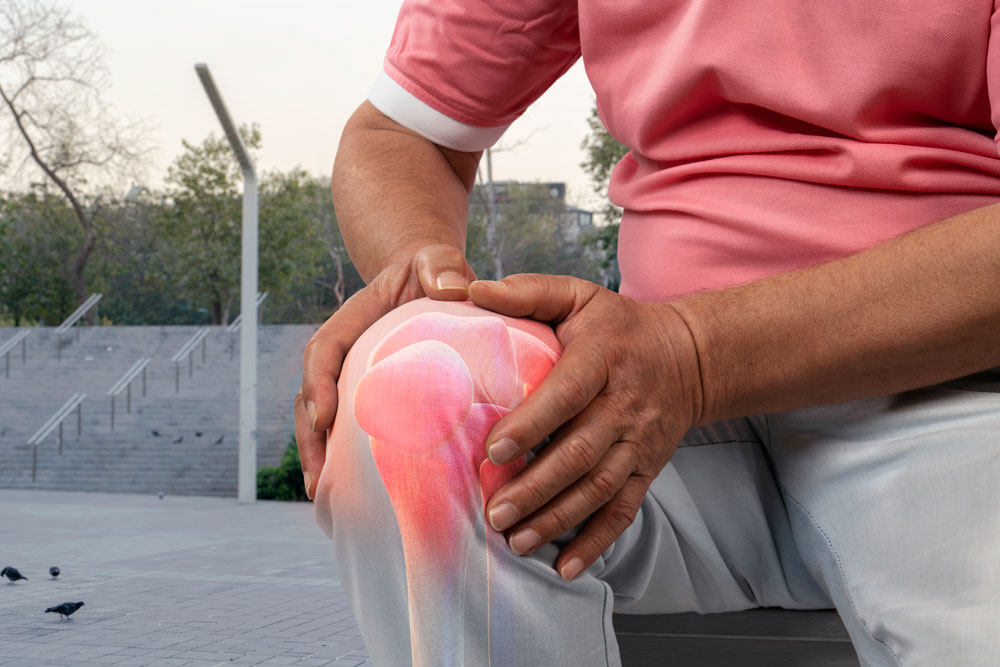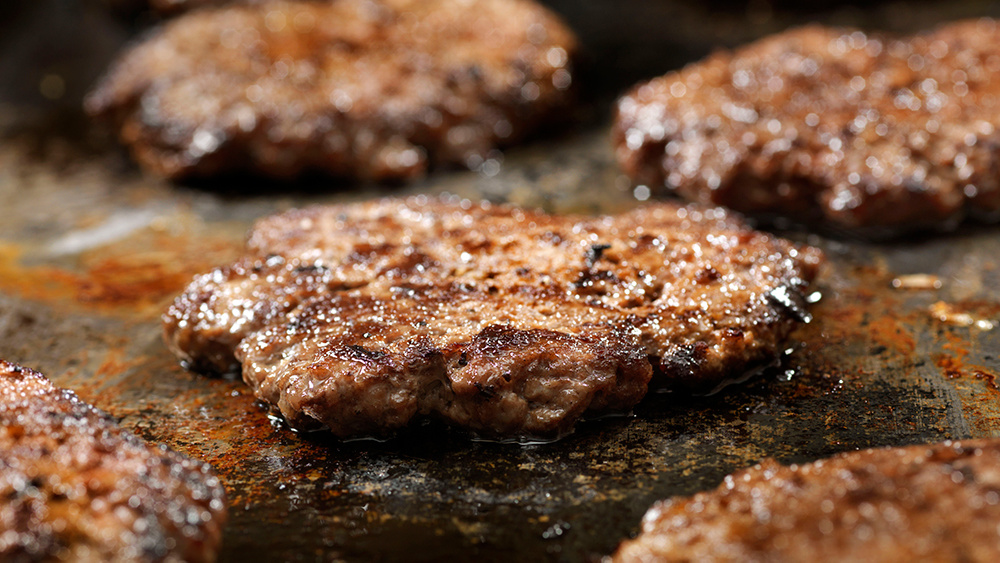Why We Go On A Diet

 Add to favorites
Add to favorites
We survey Plan Z dieters on occasion and ask them all kinds of questions. In a recent survey, we asked them the biggest reason they decided to go on a diet and chose Plan Z. You know what the most popular answer was?
I, for one, was surprised by the answer.
The most popular answer was, “I could not stand the pain any longer.”
- “My hips hurt.”
- “My knees hurt.”
- “My feet hurt.”
- “My ankles were always swollen and sore.”
They just hated the pain. They didn’t like the way they looked either, but it was the pain that was the final straw. The good news is we asked them why they did Plan Z AFTER they had completed it, and it was remarkable how many people said, “After Plan Z, my pain is gone.”
So let’s set that aside for a minute and examine the situation.
I did a little bit of research.
We all know the advancing age of Baby Boomers is upon us. In the 80’s we learned that low fat was the way to eat and that we had to exercise. 30 minutes a day, 5 days a week was the recommendation. So, many of us started jogging after work. You never saw people in running shoes jogging down the road in the 1960s. Now you see them every day. Some spring along the streets and others laboriously lope along. Some have a dog in tow and even others are jogging behind baby carriages outfitted with a suspension made to take the bumps along the way.
Some of us jogged for over 20 years before things started breaking down. Our joints could not take it any longer. And that goes for skinny runners as well as overweight ones. Joints wear out if you repeatedly beat them up by over-doing things like running. We didn’t evolve to jog five miles a day. We evolved to run away when a big animal was chasing us, but not to day-after-day go run a route around our neighborhood. Gain too much weight and the situation gets even worse. The cost of joints wearing out is huge.
The orthopedic device industry is now topping at $62.2 billion in 2024. Yep, that’s a B for billion. And that’s only the parts! That doesn’t include hospitalization, surgery, aftercare, or anything else. About 790,000 total knee replacements and 544,000 hip replacements are done every year in the U.S.
If you just count the hip surgeries, that’s over 1,490 being done per day, and that even counts weekends!
Someone has to perform those surgeries. There are now over 28,000 orthopedic surgeons practicing in the US. The average orthopedic surgeon performs 28 surgeries/procedures per month. We are keeping those guys and gals pretty busy these days.
About a decade ago, I had back surgery. I bring that up because some surgeries are just plain structural in nature. Or even hereditary. Maybe something didn’t grow right in the first place. Or maybe my being overweight DID have something to do with it. All I know is the pain became unbearable. I could not function. I didn’t have a part replaced in my back but I had to have things adjusted so I could get past the pain. My disc had slipped so far I could hardly walk.
But hardly being able to walk applies to others, too. When you are carrying around extra weight you are putting stress on your joints that will eventually wear them out. Your hips will start to hurt. Your knees are more susceptible to injury. Your legs are just plain tired on a regular basis.
If you want to feel what it’s like to carry around an extra 50 pounds go to one of those big stores. Pick up a 50-pound bag of dog food and carry it around on your shoulder. See how long you last before you just want to go dump it back on the shelf. Lose 50 pounds and your body will thank you in a multitude of ways. Just ask these folks.
Now you just have to figure out what you’re going to do to lose it. And jogging probably isn’t an option. Am I close?

Nothing found.
Smash Burgers
ZSpecialties,Recipes,ZS-5 Ingredients or Less,ZReboot,Featured Posts
Smash burgers are all the rage. Step into a brew pub and you’ll likely find a smash burger on the food menu. These are NOT the huge, 8oz burgers we’ve been fed in the past. These are a thinner burger…
Nothing found.
Who Invented St. Patrick’s Day?
I always knew I was of Irish descent, but I never really knew HOW Irish I was until I got my 23 n Me results back.
Kitchen Hacks for Enjoying Lower Carb Pasta Meals
Enjoy your pasta; just don’t do it too often. Follow hints like this and you’re much less likely to gain weight.





